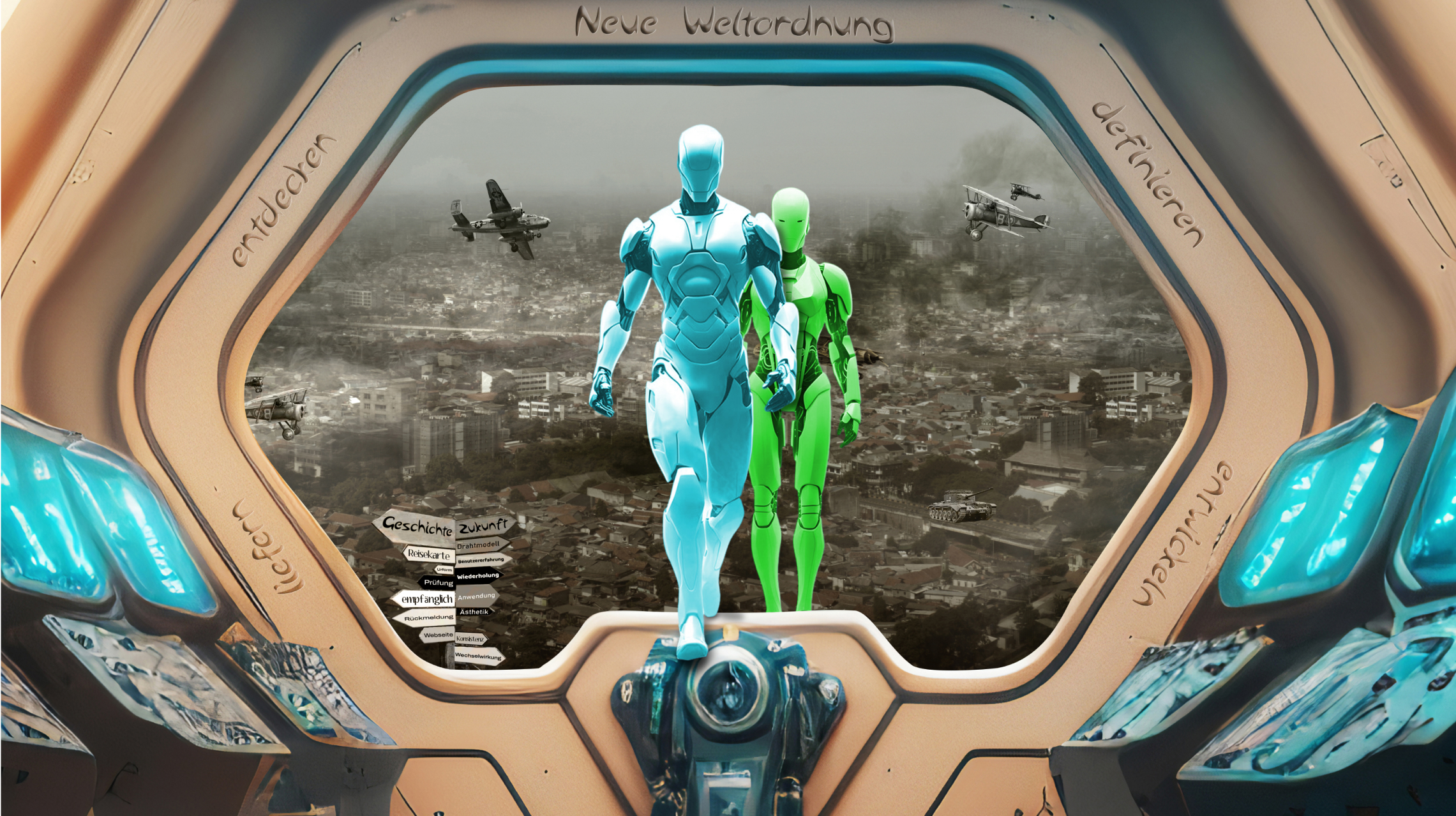Introduction
In Nazi Germany, directional signs were manipulated to confuse and control people. This tactic created chaos and fear, leaving citizens uncertain and questioning reality. Reflecting on this, it’s crucial to recognize and resist manipulation tactics in our society. By staying vigilant, we can safeguard against similar tactics and uphold our values.
Imagine navigating a city without clear signs – chaotic, frustrating. User-Centered Design Principles offer a solution. They prioritize user needs, ensuring clarity and ease of use in products and services.
For instance, a well-designed website or an app ui design guides users effortlessly, like a personal digital assistant. By prioritizing user experience, we turn chaos into clarity, providing structure and purpose in our everyday interactions and ui design in the digital spehere.

- UI Design: Bridging Beauty and Functionality
UI design is the visual expression of our app’s personality, blending aesthetics with functionality to create captivating interfaces. In app designs, UI designers play a pivotal role in capturing the city’s vibrant energy and cultural diversity. From color schemes to typography, every design element is carefully curated to reflect the essence of localization while ensuring seamless navigation and usability. UI designers infuse the app’s interface with elements that resonate with the city’s diverse populace, ensuring an immersive and engaging user experience. Incorporating UX design principles, UI designers iterate on the app’s interface, refining it based on user feedback and testing to ensure optimal usability and user satisfaction. In this iterative process, UX design plays a crucial role in shaping the overall user experience, guiding users through the app’s interface seamlessly and intuitively. Through collaboration and iteration, UI and UX designers work together to create app experiences that captivate users and leave a lasting impression. UI designers, experts in UX design, leverage iterative design processes to continuously refine app interfaces based on user feedback and testing. This iterative approach allows for incremental enhancements in UI design, ensuring that the final product meets user needs effectively and adapts to evolving user preferences over time..
- UX Designers: Orchestrating Seamless Experiences
UX designers are the architects of our app’s journey, orchestrating every interaction to delight and engage users. In today’s fast-paced environment, UX designers leverage their expertise to streamline workflows, anticipate user needs, and create intuitive experiences that resonate with the city’s diverse population. Through user research, wireframing, and prototyping, UI Design UX designers bring our app to life, ensuring it remains a valuable companion in the hustle and bustle of our less attention spaned life. From crafting visually appealing interfaces to optimizing user flows, UI Design UX designers play a crucial role in shaping the overall user experience.
- Product Designers: Fostering Innovation and Collaboration
Product Designers: Fostering Innovation and Collaboration
Product designers serve as the glue that binds UI and UX together, translating concepts into tangible solutions. In the vibrant design studios of Houston, product designers collaborate with cross-functional teams to align business goals with user needs. Through iterative design cycles and user feedback, product designers refine our app’s features, ensuring it remains relevant and impactful in the ever-evolving landscape of app designs. Within these studios, UI design plays a pivotal role, shaping the visual elements and interface interactions to create seamless user experiences. As product designers iterate on design concepts, they continuously evaluate the UX design to ensure it aligns with user expectations and enhances usability. Through this iterative process, UX design evolves in tandem with UI, resulting in cohesive and engaging app experiences for users.
Product designers serve as the glue that binds UI and UX together, translating concepts into tangible solutions. In the vibrant design studios of Houston, product designers collaborate with cross-functional teams to align business goals with user needs. Through iterative design cycles and user feedback, product designers refine our app’s features, ensuring it remains relevant and impactful in the ever-evolving landscape of app designs. Within these studios, UI design plays a pivotal role, shaping the visual elements and interface interactions to create seamless user experiences. As product designers iterate on design concepts, they continuously evaluate the UX design to ensure it aligns with user expectations and enhances usability. Through this iterative process, UX design evolves in tandem with UI, resulting in cohesive and engaging app experiences for users.
User-Centered Design Principles
1. Empathy
UI Design UCD begins with empathy, the ability to understand and share the feelings and perspectives of users.
A well-structured app design’s visual hierarchy captivates users’ interest and encourages interaction. By presenting information in a clear and logical sequence throughout the ux design stages, users are more likely to engage with the interface and explore its features further.
Designers immerse themselves in the users’ world, conducting
research, interviews, and observations to gain profound insights
into their needs, preferences, and challenges. Throughout this
process, UX Design UI Design plays a crucial role in translating
these insights into visually appealing and functional interfaces
that resonate with users. As UX Design UI designers delve into
the intricacies of user behavior and interaction patterns, they
ensure that every element of the interface is meticulously crafted
to enhance the overall user experience. By infusing empathy into UX Design UI Design, designers can create interfaces that not only meet user needs but also evoke emotion and foster meaningful connections.

2. Iterative Design
UCD embraces an iterative approach, where UI designs and UX design strategies are continually tested, refined, and
improved
based on feedback from users.
In the Nazi Germany example, the User-Centered Design Principle of Iterative Design would involve continuously refining manipulative tactics based on feedback and observations. By testing small adjustments to directional signs and iterating based on their effectiveness, the regime could have achieved more potent psychological manipulation. Iterative Design emphasizes continuous improvement through user feedback, highlighting the importance of refining tactics over time for better outcomes.
UCD embraces an iterative approach, where UI designs and UX design strategies the user experiences are continually tested, refined, and improved based on feedback from users. This iterative cycle allows for incremental enhancements to UI design and UX design, ensuring that the final product meets user needs effectively and adapts to evolving user preferences over time.

3. User Involvement
Users are active participants in the design process, providing valuable feedback, insights, and suggestions at various stages.
In the Nazi Germany example, User-Centered Design Principle: User Involvement is starkly absent. Citizens were not consulted in the design of directional signs, leading to chaos. Had users been involved, the signs could have been clearer and safer. User Involvement ensures solutions meet user needs, fostering trust and effectiveness.
In the user experience research and design, Users are active participants in the design process, providing valuable feedback, insights, and suggestions at various stages. This collaboration ensures that the final product aligns with users’ expectations and addresses their needs effectively. Throughout the UI Design process, user involvement is key to creating interfaces that resonate with users and facilitate intuitive interactions. By incorporating user feedback into the iterative UX Design cycle, designers can refine UI elements to better meet user preferences and enhance overall usability.

4. Usability
Usability is a cornerstone of UCD, focusing on creating interfaces and interactions that are intuitive, efficient and delightful to use.
In the Nazi Germany example, the manipulation of directional signs created chaos and confusion, rendering them unusable for navigation. This relates to the User-Centered Design Principle of Usability, which emphasizes creating products and services that are easy to use and understand for the intended users. By prioritizing clarity and simplicity in design, User-Centered Design ensures that individuals can navigate their surroundings effectively, enhancing usability and improving the overall user experience.
Usability is a cornerstone of UCD, focusing on creating interfaces
and interactions that are intuitive, efficient, and delightful to use.
UI Designers prioritize simplicity, clarity, and consistency to
enhance usability and elevate the overall user experience.
In App Design process, UI Design plays a crucial role in ensuring
that every aspect of the interface aligns with usability principles,
resulting in a seamless and enjoyable interaction for users.
Designers collaborate closely with UX Designers and UI Designers
to implement design solutions that not only meet user needs

but also exceed expectations in terms of usability and functionality. With UX Design guiding the overall user experience strategy, UI Designers ensure that every visual element contributes to a cohesive and user-friendly interface. Through iterative design processes and user testing, UX Design and UI Design work hand in hand to create app experiences that resonate deeply with users and drive engagement.
5. Accessibility
UCD advocates for inclusivity, ensuring that products and services are accessible to users of all abilities and backgrounds.
In the Nazi Germany example, the manipulation of directional signs highlights the importance of the User-Centered Design Principle of Accessibility. By deliberately confusing people, accessibility to safe navigation was compromised, illustrating how design should prioritize clarity and inclusivity for all users, regardless of their backgrounds or beliefs.
UCD advocates for inclusivity, ensuring that products and services
are accessible to users of all abilities and backgrounds. Designers
consider factors such as inclusive design and accessibility
standards to ensure that everyone can access and use the
product comfortably. In the realm of UI Design, accessibility
plays a crucial role in ensuring that interfaces are navigable and
usable for all users. By incorporating accessibility features into UI
Design, such as alt text for images and keyboard navigation
options, designers can create inclusive experiences that
accommodate diverse user needs. In App Design process,
prioritizing accessibility in UI

Design is essential for ensuring that the city’s diverse population can fully engage with and benefit from digital products and services. Additionally, UX Designers play a critical role in advocating for accessibility principles throughout the design process, ensuring that the user experience is seamless and inclusive for all users. Through collaborative efforts between UI and UX Designers, Web and mobile app design landscape can become more accessible and user-friendly for everyone.
Conclusion
In conclusion, the unsettling manipulation of directional signs in Nazi Germany serves as a stark reminder of the dangers of chaos and confusion. However, by embracing User-Centered Design Principles, we have the power to counteract chaos in our modern world. By prioritizing the needs and user experience, we can transform confusion into clarity, bringing structure and purpose to our daily interactions. Ultimately, User-Centered Design empowers us to create solutions that not only meet expectations but surpass them, fostering harmony and clarity in an otherwise chaotic landscape in ui design sphere more specifically.
